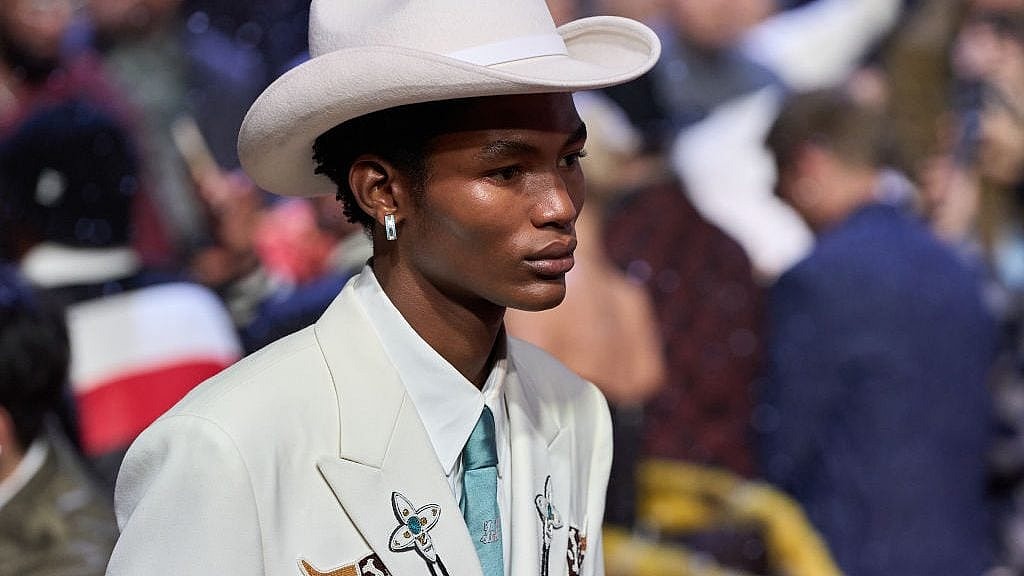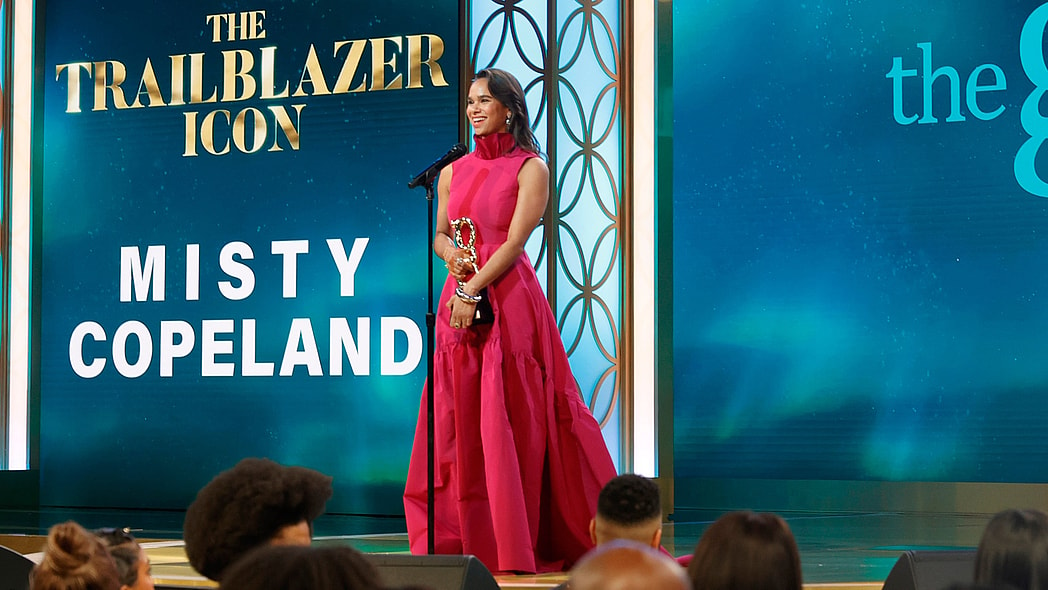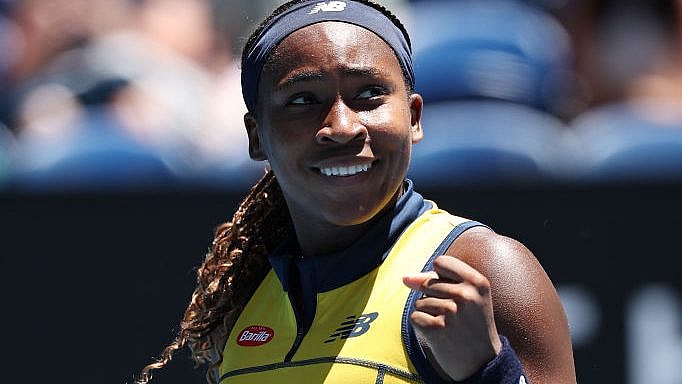Misty Copeland remembers the first time she saw a brown ballet slipper. She was 14 years old and performing in Debbie Allen’s iconic “Hot Chocolate Nutcracker” ballet.
The brown slippers she saw among her fellow dancers had originally been standard European pink slippers the company members had “pancaked” — or splotched with foundation — until the color was closer to their skin tones.
“It just opened my mind and my eyes to an even bigger world of possibilities as to what a ballerina could look like,” the professional dancer, 41, told Vogue in a recent interview. “It’s how every dancer should be able to feel—that sense of belonging.”
From that day forward, Copeland joined thousands of Black and brown ballet dancers around the world in the ritual of pancaking their ballet slippers (often multiple pairs per performance) until roughly 2020, when companies finally cropped up offering more shades, a development Copeland and other Black ballet dancers had a hand in.
Around the same time Copeland and her peers were pushing for companies to increase their shades of slippers, Unicode, the development team behind standardizing emojis for companies like Apple, released a set of diverse emojis. Among that new set was a pair of rosy pink ballet slippers.
Initially, Copeland was excited about the inclusion of a pair of ballet slippers among the available emojis. The moment reminded her of signing with the sports brand Under Armour.
“Everything has to kind of happen in stages,” she said. “I think back to when I was signed to Under Armour and what a big deal it was for a dancer to be considered an athlete and put on the same level as professional basketball players, football players, golf, tennis—that was a huge step.”
However, with diverse ballet slippers now available for purchase as an affirming evolution for non-white dancers, Copeland was ultimately compelled to push for further inclusivity in the world of dance: by diversifying the ballet slipper emoji.
“I would say that maybe two years ago, I really started to think, ‘OK, but ballet is more than a pink pointe shoe.’ It wasn’t until late last year that I realized I really wanted to do something that was going to push this forward,” she told Vogue.
So far, she has launched a petition to get Unicode to add additional shades of ballet slippers and has completed the necessary request paperwork with the California-based company. She’s currently waiting for a response.
“We’ve gone through the proper channels, and we’re waiting for the request to be evaluated and for the powers that be to make that decision. I know that it just takes time, but we’re continuing to make noise where we can and to show that this is about more than an emoji—this goes deeper,” she said.
Recommended Stories
Copeland noted that ballet’s 15th-century origins in European countries are the genesis of the long legacy of pink ballet slippers. She explained that ballet dancers are meant to have a seamless, uniform look when standing amongst one another, and light pink tights and light pink slippers create that among fair-skinned dancers.
“That’s not to say it’s wrong or right; that’s where ballet originated, that’s where it was created, and that’s what the people looked like there,” she added.
However, the craft has come a long way from the days of solely fair-skinned ballet dancers dancing delicately across European stages. Ballet is now performed all over the world, and as Copeland maintains, it’s time even the most casual of conversational tools reflected that.
As she pushes forward with her petition and spreads awareness across social media, the prima ballerina is aware of how the argument doesn’t register for some. As she told Vogue, this isn’t about them.
“I’ve seen the comments and people that just don’t get it,” said Copeland. “And I feel like, well, This is not for you. Maybe that’s why you don’t understand it.”
Never miss a beat: Get our daily stories straight to your inbox with theGrio’s newsletter.









